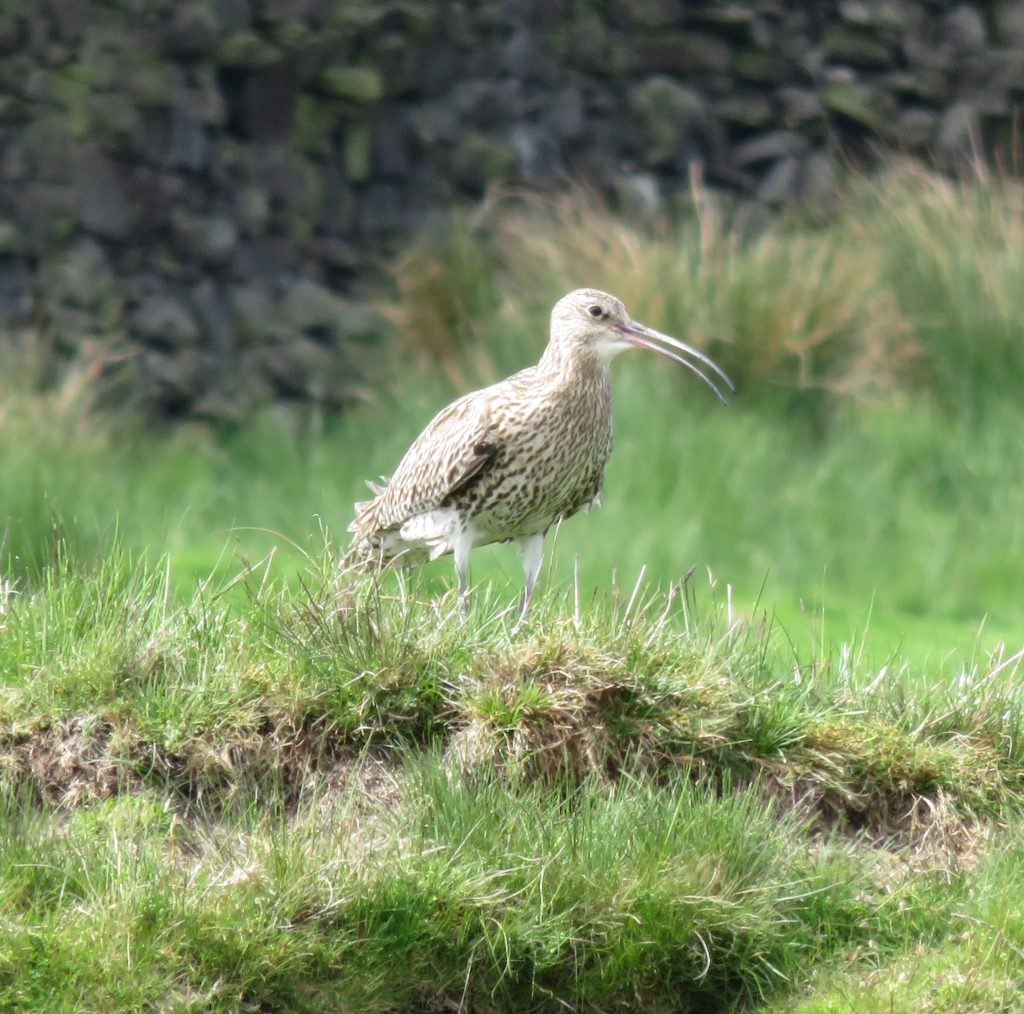
Citizen science can be defined as the collection and analysis of data relating to the natural world by members of the general public, typically as part of a collaborative project with professional scientists. It can take many different forms from recording the first time you hear a curlew for the Northern Upland Chain Local Chain Partnership 1 (23 February this year) to using computer power to help NASA projects such as monitoring penguin colonies2, or volunteering time to transcribe records.
One citizen science project that I have just help complete is the rainfall rescue project3. Handwritten rainfall data logged in over 5,000 weather stations all across Great Britain prior to 1961, a total of 65,000 pages, has been added to a database by 16,000 volunteers. The 5.25 million measurements covering 1677 to 1960 will help climate scientists to more clearly ascertain rainfall trends. Many more projects are available on the zooniverse websites.
A citizen science project currently seeking volunteers is the Big Compost Experiment4 which is trying to ascertain how compostable some of these compostable plastics really are. Volunteers fill in a questionnaire and photograph some biodegradable plastic added to their compost bins and check whether it has composed a certain time later. Having partially emptied my compost bin, I can tell you that the Economist’s biodegradable plastic wrapper has nicely broken down after nine months but the fish and chips containers from the Ramsay’s fish and chip van have hardly broken down, probably confirming that they require industrial composting.
If nature watching is more your thing, the British Ornithological Trust has opened up its Garden Bird Watch5 free to everyone during the Covid 19 lockdown. You need to record the number and type of birds you have seen for a minimum of 20 minutes each week. If you prefer to only spend an hour a year, the RSPB Birdwatch 6 in January each year is the largest wildlife survey in the world and has 40 years of data. Annoyingly I always find that birds which hang around the garden all weekend disappear as soon as I start my designated hour!
Plantlife are encouraging people to participate in their Great British Wild Flower Survey7, logging plants seen as part of the daily allowed exercise. The Yorkshire Dales National Park also seek volunteers from time to time to do plant surveys; last year I helped count frog orchids at the Ingleborough NNR.
Later in summer there is the big butterfly count8 running from Friday 17th July to Sunday 9 August 2020. You need to spend 15 minutes logging all the butterflies and moths seen.
If none of these projects are for you, a Google search will reveal a wide range of projects seeking volunteers. Have a go!
1. https://www.nuclnp.org.uk/curlew-conservation/
2.https://science.nasa.gov/citizenscience
3. https://www.zooniverse.org/projects/edh/rainfall-rescue/about/research
4. https://www.bigcompostexperiment.org.uk/
5. https://www.bto.org/our-science/projects/gbw
6. https://www.rspb.org.uk/get-involved/activities/birdwatch/